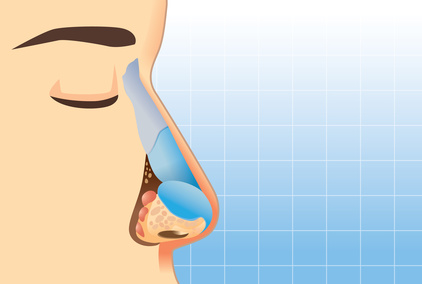
The most important is the balance of the entire face, rather than the isolated shape of the nose. In the previous series, I mentioned that Korean faces can be largely categorized as Northern Mongolids and Southern Mongoloids and the shape of the nose should be adjusted according to each type.
The Southern Mongoloids are those that have come into Korea from South East Asia and Northern Mongoloids are those that migrated from Central Asia and Siberia. As the two races have different facial features, they can be recognized quite easily from just looking at the face. The Northern race has narrow, slanted eyes, a long nose bridge, and thin lips.
The eyes may have become narrower to protect against light reflected from the snow or ice and against drying in the cold climate. The elongated nose may have been beneficial in the cold climate to warm the air before it reaches the lungs. The lips are thinner to preserve body heat. Teeth and lower jaws are developed for eating cold, hardened meat.
The southern race have large eyes with thick folds on the upper eyelids, thick eyebrows, thick alas, thick lips and a short face.
[Advertisement] Reandnè Thread Series – Manufacturer: GTG KOREA(www.gtgkorea.com)
A high nasal dorsum may look appealing in the Northern race(even with a higher nasal root), however, the round and youthful Figure of the Southern Mongoloid face appears more appealing with a shorter nose. As the dorsum of the nose should not be too high(neither the nasal root), the tip of the nose often determines the overall shape of the nose.
In the Northern race, when the nasal root is raised, the nasal tip should also be raised for better outcome. On the other hand, the nasal dorsum cannot be raised drastically in the Southern Mongoloid race and careful attention should be given to the nasal tip. The shape of the lower nose can determine the entire shape of the nose.
The alar cartilage plays an important role in creating the shape of the entire nose. The middle crus and medial crus of the columella works much the same way as the tarp and poles of a tent(Figure 5). The nasal cartilage is thin and week in Asians and does not form a high triangle but rounds downward toward the nasal tip.

Figure 5. Structure of the alar cartilage.
-To be continued





















